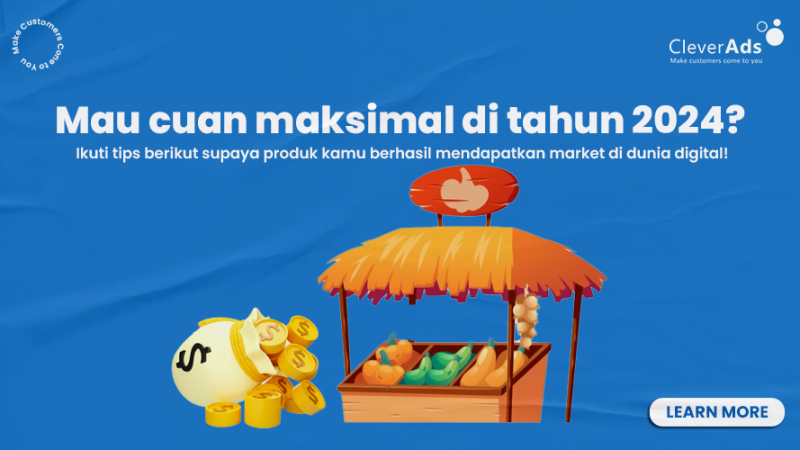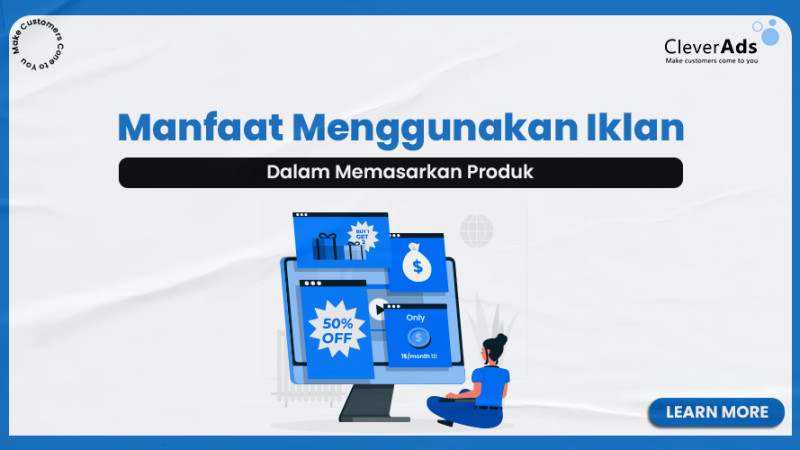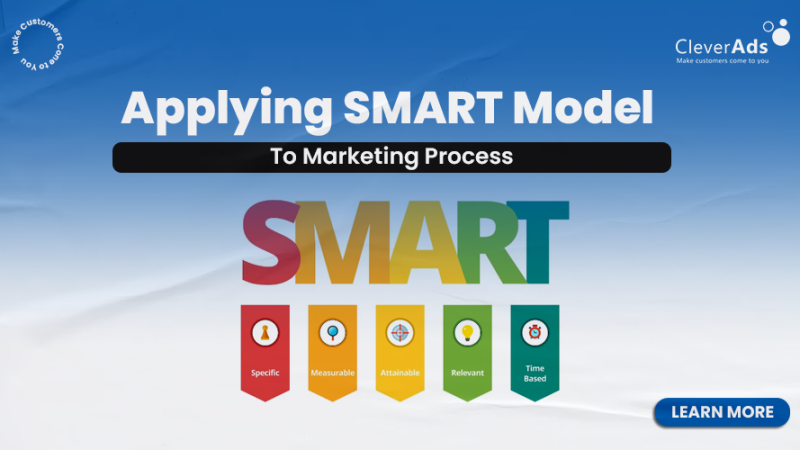What is Brand Activation? 4 forms of Brand Activation
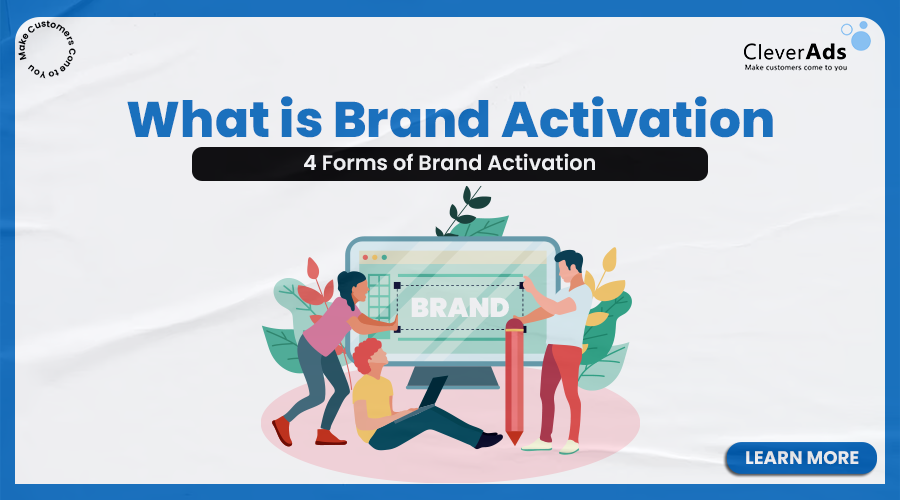
In today’s digital era, consumers are increasingly bombarded by advertising and non-personal communication initiatives. In such a context, engaging in non-traditional marketing actions and adding them to a 360° campaign to maximize results becomes increasingly essential. And one of those non-traditional marketing actions is Brand Activation.
In this article, CleverAds will guide you through the definition of Brand Activation and explain the process and unique features of brand activation. We also give examples of successful branding activities to inspire your future actions.
1. What is Brand Activation?
Brand activation is what you do to get people to know your brand through experience or interaction. It’s what you do to make your brand more memorable.
The definition of brand activation needs to be more understood and clarified with more general branding strategies. The confusion is understandable: building awareness and connecting with an audience is at the heart of most marketing and branding initiatives.
However, brand activation refers to a specific campaign or event, a different experience whose sole purpose is to enhance your brand – not an ongoing branding process, General.
Example of Brand Activation:
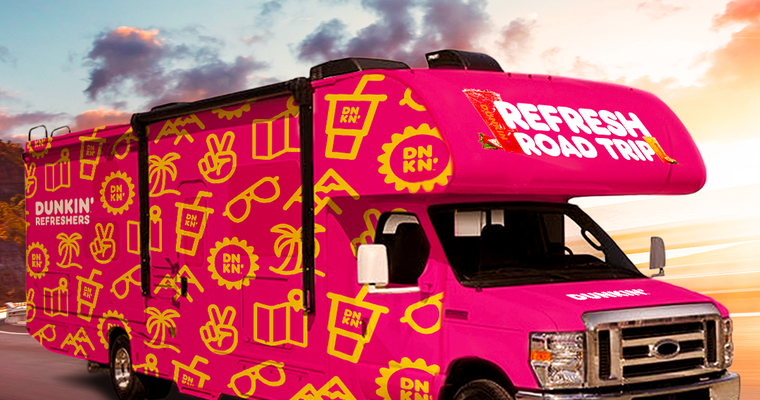
Dunkin’ Donuts activated its iced drink with a giveaway RV last summer. Brand activation campaign winners win a week’s worth of RV rental experience going wherever they want with an RV filled with delicious drinks and donuts.
It was a successful brand activation as the winners shared interesting moments with other users and followers on social media. People join the program by filling out forms and sharing them with the #DunkinRefreshSweepstakes tag.
With this hashtag and brand activation, Dunkin Donuts went mainstream on social networks, and brand awareness increased dramatically.
2. Forms of Brand Activation
Depending on the size of the business and its target audience, each type of Brand Activation will be popular with each brand. Reputable brands with big budgets often use test marketing to showcase innovative interaction designs. In contrast, smaller brands often opt for more cost-effective methods.
2.1 Experiential marketing
Experiential marketing, sometimes called interactive marketing, is an activation strategy in which brands create real, immersive experiences to engage their audience. These experiences are not only related to specific products of a brand but also to the values the brand believes in and the feelings the brand wants to convey to its audience.
Most experiential marketing campaigns require consumers to engage in authentic, accurate experiences that increase brand recall.
However, in recent years, virtual and augmented reality have been increasingly leveraged to pave the way for digital, experiential marketing. Virtual tours, games, and interactive content allow your audience to interact with your brand from home.
For example:
To advertise the IPS LED display, LG replaced the elevator floor with 9 IPS screens and a sound system to create the illusion that the elevator floor collapses when someone is inside. Thanks to the outstanding quality of the new product, everyone had the opportunity to experience the most realistic simulation of the situation.
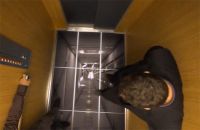
This experience leaves an indelible impression in the hearts of consumers, but it is also widely shared on social networks and receives comprehensive coverage online.
2.2 Sampling the campaign
Sample campaigns are one of the most commonly used forms of brand activation. Their goal is simple:
- Interact with customers.
- Get them to try a product for free.
- Hope they will love it to buy it.
Sampling allows brands with smaller budgets to interact directly with consumers.
More prominent brands have the opportunity to create unique experiences and greater resonance with consumers.
Brands that want to create successful sampling campaigns must find the right way to engage consumers without looking like they want to sell them products. The idea is to find a way to pique their curiosity so that they want to try the product. Finding the ideal location is essential, so your audience tends to be more open and sociable.
For example:
At the door of all Lays stores, consumers are given a sample potato with a sticker. On the sticker, there is a description of the direction to go. The end of the route is a walkway with snacks. This is where Lay’s potato machine is located. In the animation, you can watch the potato turn into a bag of chips in six steps.

When the process is complete on the animation, a bag of hot chips will roll out of the machine. This is a creative form and captures everyone’s surprise.
2.3 Brand activation at the store
Brand activation aims to create a strong connection between the brand and the audience. Of course, corporate headquarters is the best set of brand activations.
This method is most common for retailers and other B2C brands. They host events in their stores, provide food and drinks, and more, and allow their audience to come to see and sample products in person.
Ideally, people leave an experience with great appreciation for the brand and how the business treats its customers.
For example:
In Italy, more than 40% of purchases are made at the point of sale, and almost 20% are products people do not intend to buy.
2.4 Industry events and trade shows
Last but not least, trade shows and industry events provide many opportunities for brand activation. Whether booking a branded booth on a trade show floor or hosting a conference or in-person presentation, these events will enhance your brand reputation and introduce your brand to the world—a new customer.
An industry event is perfect for trying other Brand Activation techniques like experiential marketing and sample giveaways.
For example:
SplashTacular made headlines at the World Aquapark Association Symposium & Trade Show as a leading name in the water slide industry. They created a pavilion to mimic the experience of going through a water slide, which caught the attendees’ attention.
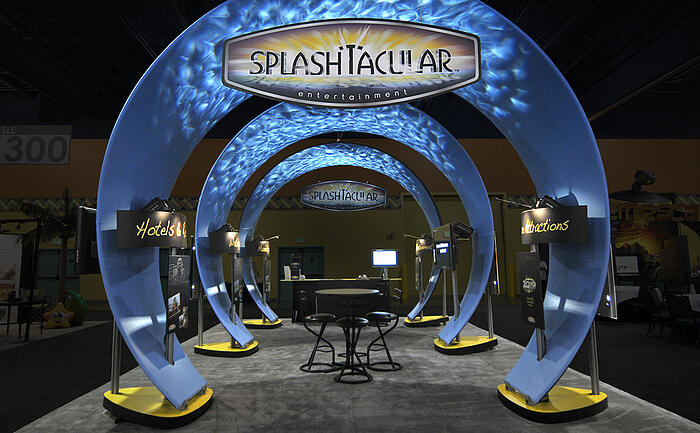
LED projectors simulate the reflection of water on cylindrical structures, creating the illusion of walking through a water slide. This is a great way to build brand awareness and make a memorable impression on attendees.
3. Conclusion
Building a solid brand is a gradual process that requires time and strategic planning. Don’t expect a campaign or event to turn your brand into an overnight phenomenon or instantly double your customer base.
However, through this article, CleverAds hopes you can imagine what Brand Activation is and how to use Brand Activation optimally for the most profit and results.
CleverAds, an agency under Clever Group with nearly 10 years of experience, confidently asserts that it is always the ideal destination for businesses to send their products, services, and brand image associated with the goal of a government wave of recognition across a wide range of customers.
